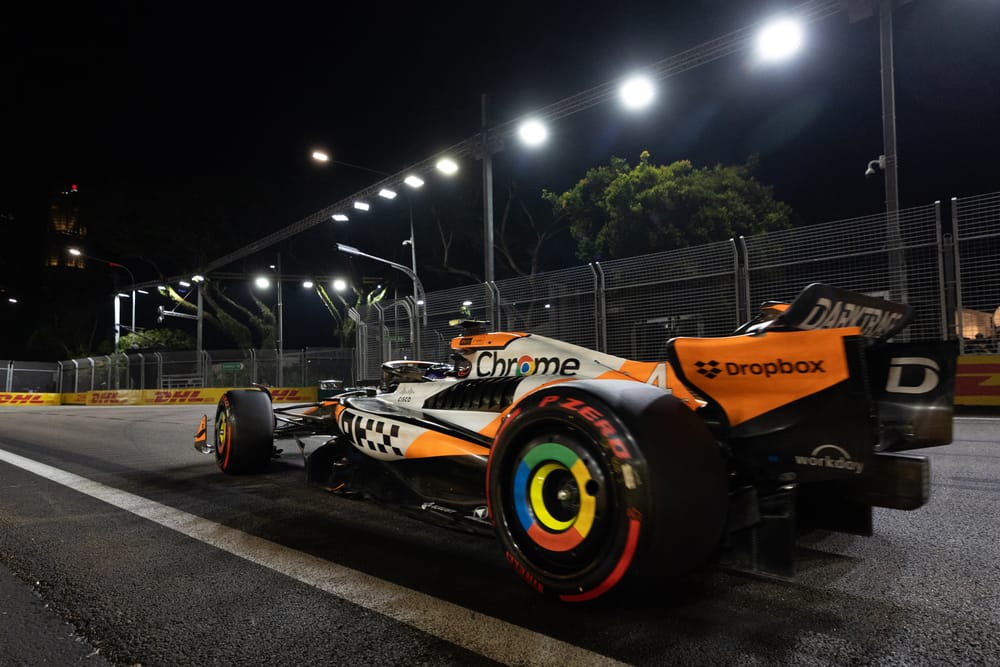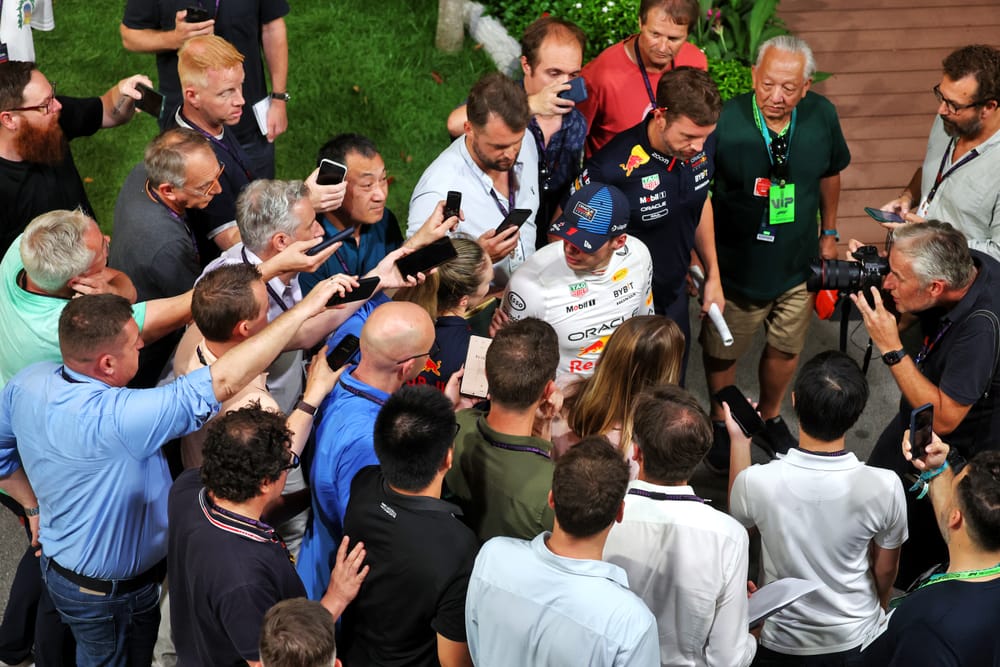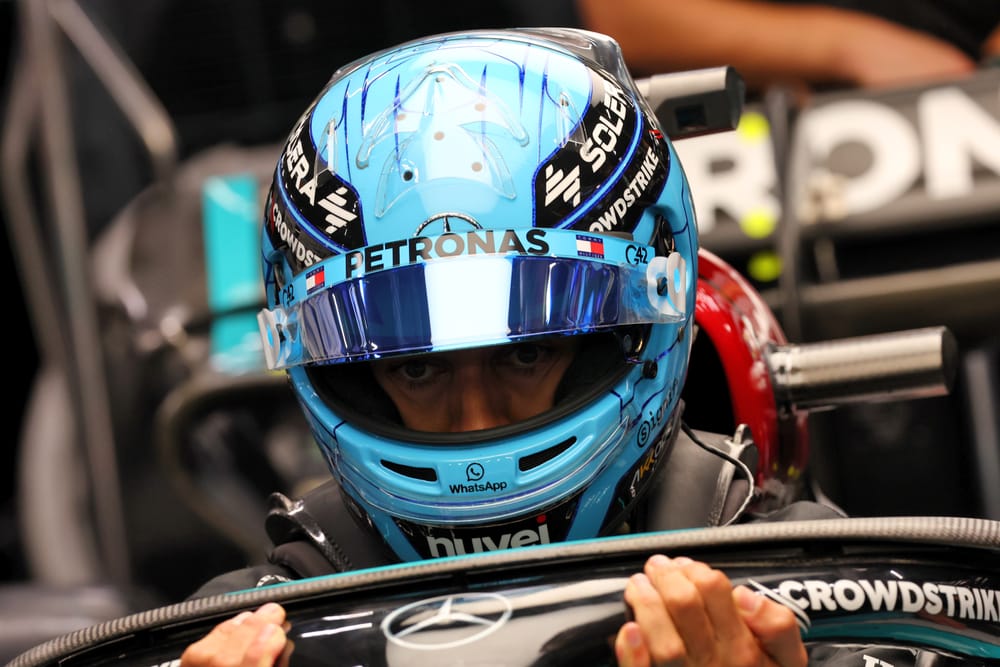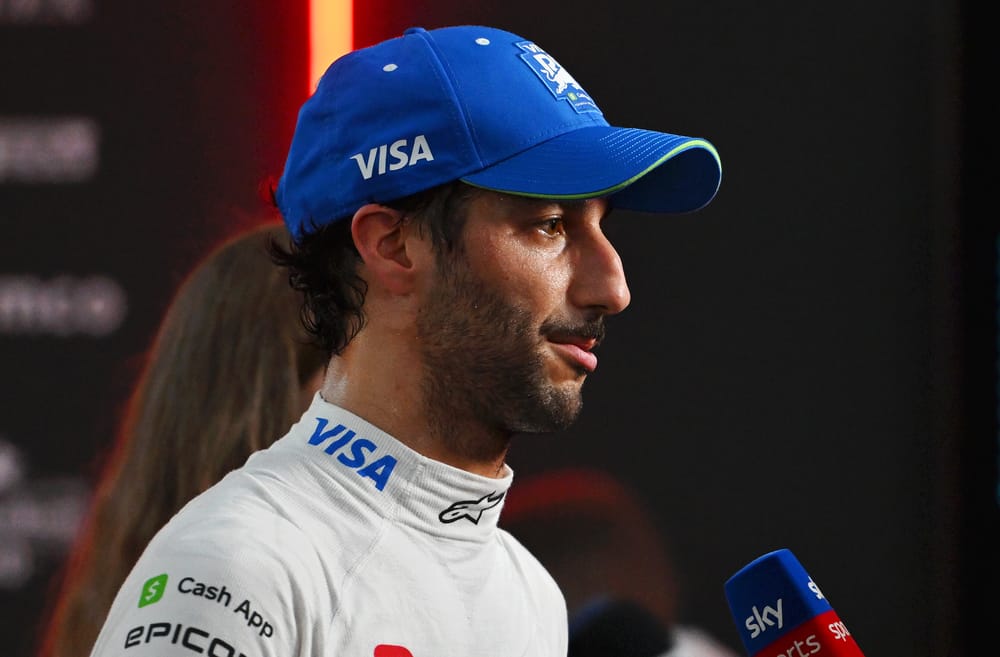Up Next

Ferrari fell out of the balance window from Friday to Saturday in Singapore. Red Bull and Mercedes came into it. But McLaren – especially Lando Norris’ McLaren – was in it throughout.
It gave Norris the confidence to drive at what he described as his ‘99%’, knowing that would still be quick enough to do the job, that he didn’t need to press his luck in the braking zones and over the bumps in the tricky situation of just a single shoot-out Q3 lap.
“The car was actually a bit more difficult in qualifying than I was expecting,” said Norris, after setting pole by 0.2s from Max Verstappen’s Red Bull.
“But the car has felt amazing this weekend. We arrived at the track and the car works well. We haven’t really touched it all weekend. Whatever we do doesn’t seem to make much difference! But it was quick enough to allow me to still deliver.”
It was all about tyre temperatures. But the specifics of the exact mechanism behind the apparent black magic are intangible. “I would like to be able to say there is big engineering behind it,” says McLaren’s Andrea Stella, “that we know exactly why we can always get it in the window despite the change of conditions. But it’s actually a very complicated kind of science, very difficult to define in objective engineering terms.
"We just have our historical data on tyre conditions and temperature and try to do our best with engineering solutions to get a good balance in the car, good aerodynamic characteristics…. So that the tyres come to us rather than us having to chase the tyres.”
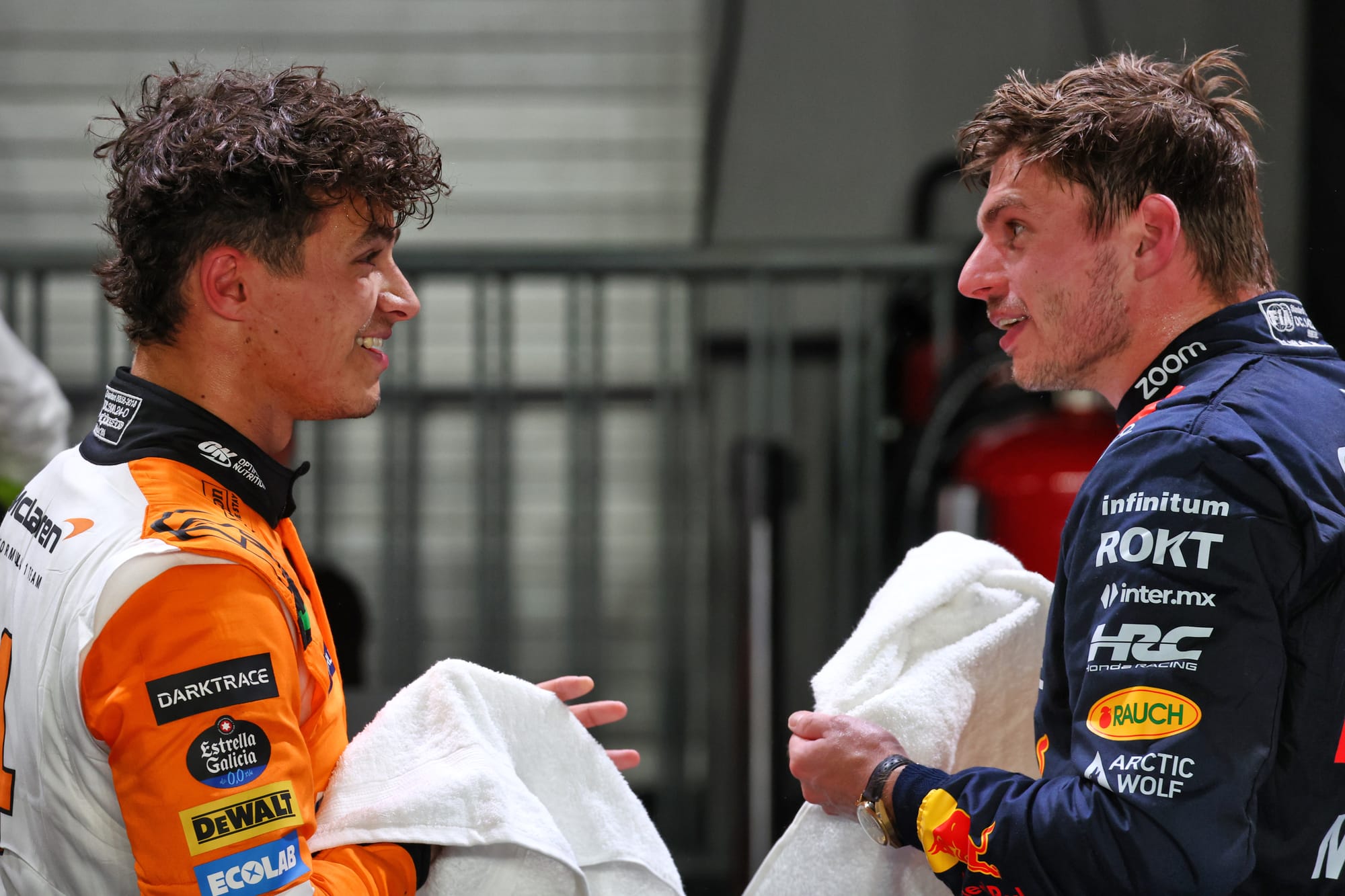
The specific tyre challenge of the C5 (the softest tyre in the Pirelli range) around the resurfaced Marina Bay track was to generate enough front tyre temperature on the out-lap but without having the more stressed rears overheating before the end of the lap.
This process was complicated further by the track grip by the end of Friday being higher than at any point on Saturday. A heavy rainstorm on Friday evening would seem to be the explanation for that.
“The track evolution was a bit odd,” says Pirelli’s Mario Isola. “There was a lot of evolution on Friday. Then we started again almost after the overnight rain but there was then a lot of evolution in FP3. But between FP3 and qualifying, nothing, maybe even the track was slower. We don’t know exactly why.
"There were no other cars on track in between the two sessions and it was very humid, but something was slowing the normal building of grip.
“As for the reduction in track temperatures you see between the daylight of FP3 and the nighttime of qualifying here, it can help you or hurt you. The reduction in temperature can be good or bad for you depending on which side of the temperature threshold you are with your front tyres. If you are running them too hot and the track temperature comes down, it helps. If you are struggling to get them up to temperature it can be even more difficult.”
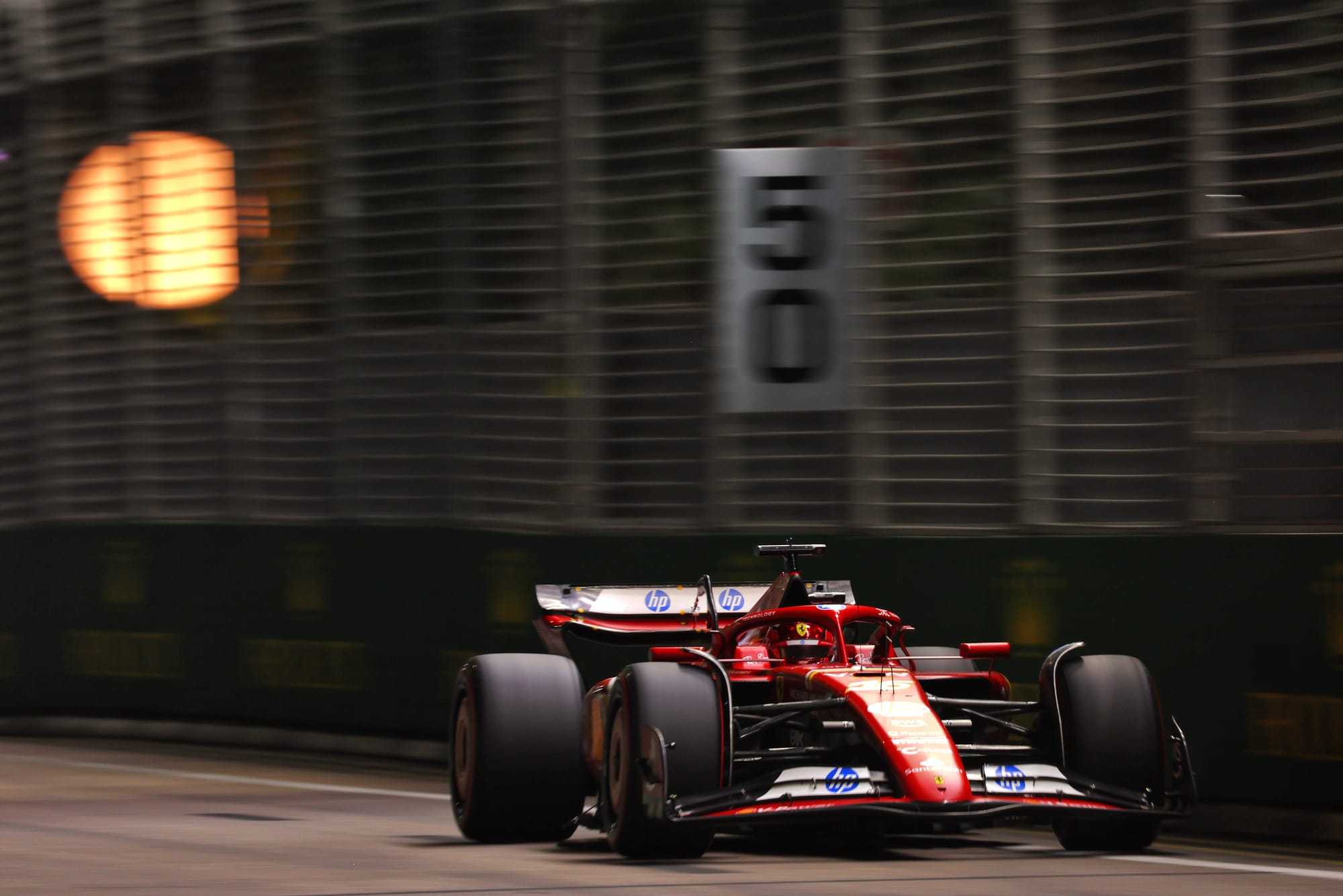
That did probably affect the competitive order – in that it played its part in removing Ferrari from its status as a genuine threat to McLaren. On Friday afternoon Leclerc was consistently nip and tuck with Norris, the pair well clear of everyone else, even their respective team mates, but a long way clear of Mercedes and Red Bull.
But the first indication that something had changed came as Leclerc went to do his push lap in FP3. He ran way out wide out of the Turn 1-2-3 sequence, as his fronts were not yet up to temperature. Converting that lap into a further prep lap to get those front tyre temps, the rears were way too hot by half-way through the push lap – indicating just how small that window was. He reported over the radio that the tyres were minus 10-degrees Celsius out of the pits.
There’s a suggestion that there was a problem with the Ferrari’s tyre blankets. But it may also just be the trait of the car, the way it’s balanced between front and rear. This is the car which struggled to get the hards up to temperature on the out-lap in Baku, don’t forget.
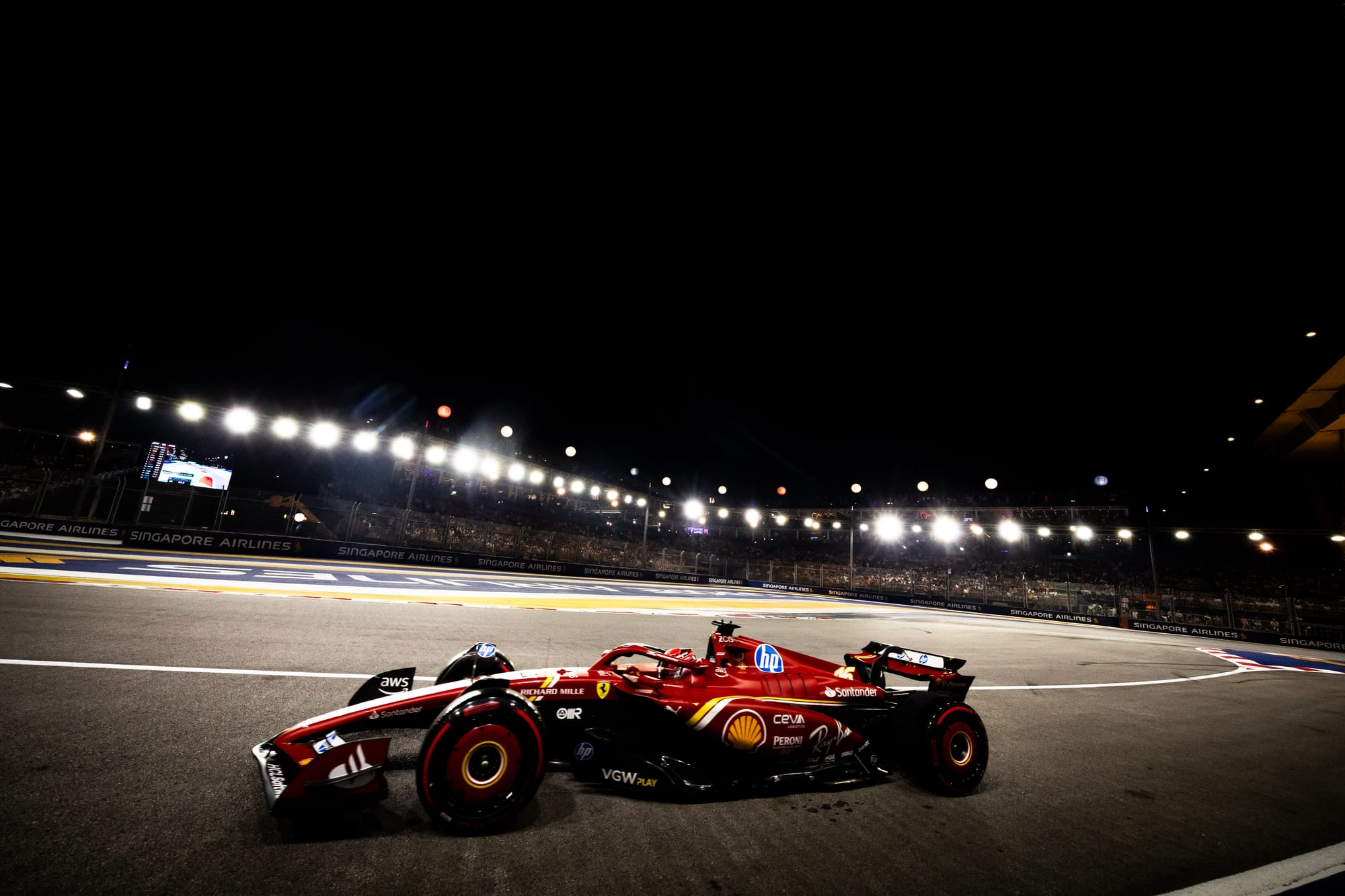
Losing his single Q3 lap (which would’ve been good for P7) for going beyond the Turn 2 track limits was a whimper for a car and driver which had looked so formidable at times.
Carlos Sainz was struggling even more with the Ferrari and may have over-done how super-easy he was on the out-lap at the start of Q3, as he sought to look after those rears. Slowing towards the end of the out-lap so as not to impede Piastri just made things worse and as he stood on the gas through the final turn to begin his lap, the rears spun up as he went over the bump there – and that’s what put him backwards into the wall.
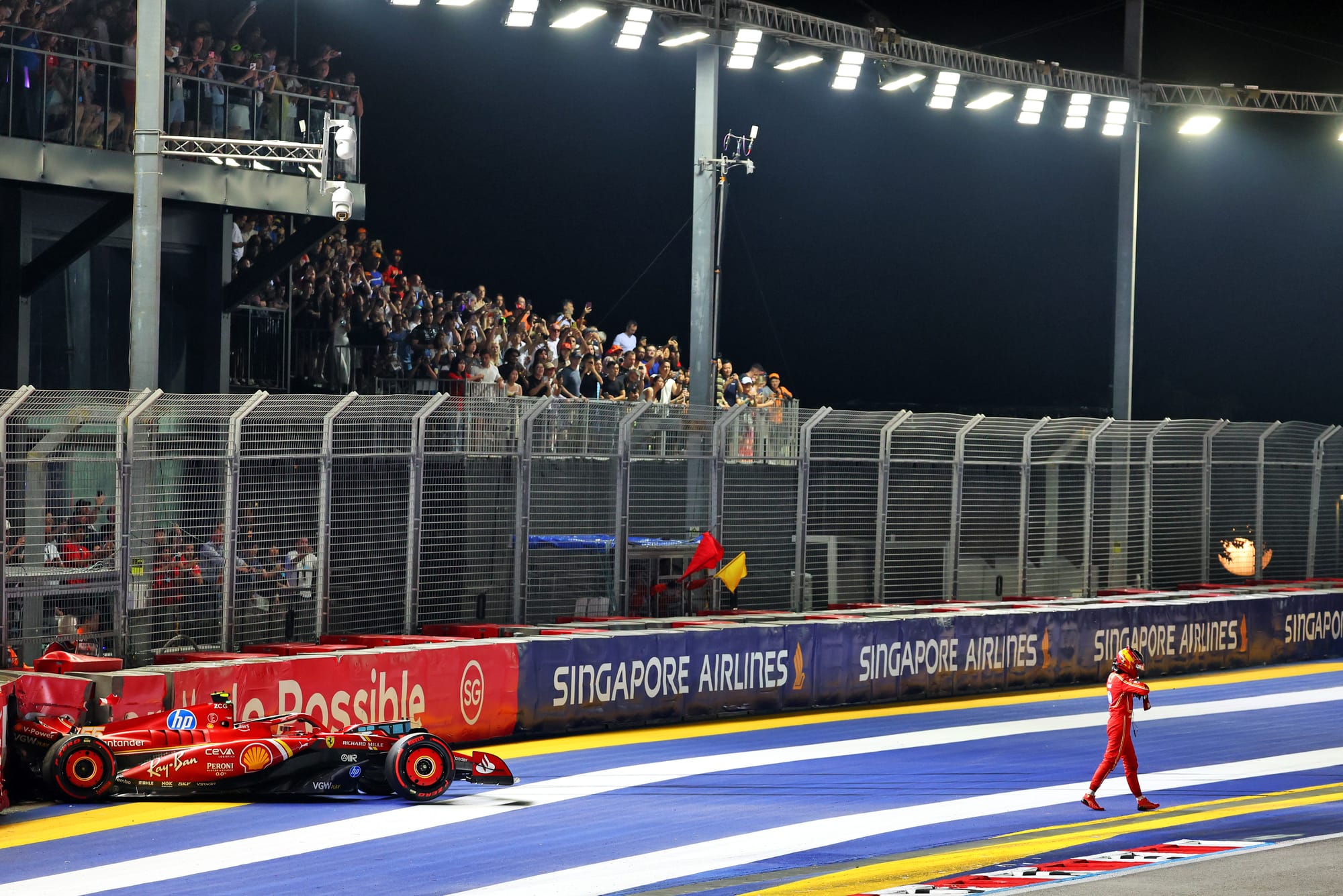
Which in turn was why everyone apart from Piastri and Nico Hulkenberg still didn’t have a lap on the board but had used up that set of tyres. Hence the final showdown, one lap in which to set the time.
The remaining nine drivers were brilliant in these circumstances, improvising, tyre sidewalls shaving the walls. It was raw, unrefined. But the tidiest was the ‘99%’ Norris who just continued to surf the confidence wave he’d been on all weekend. Team-mate Piastri, fifth fastest, 0.4s adrift, just didn’t have the same feel for the tyres, was quick in the first part of the lap but falling away towards the end.
“It's always tough when you have to manage the tyres over one lap. It’s frustrating. This weekend has been another step beyond on that," Piastri said.
“In Q1/Q2, you have one small moment early in lap and the rest of the lap is a disaster. It’s sometimes frustrating that in qualifying we can't really push everything to the limit because if you overstep it, you try and take one step forwards you go three steps back.
"It's not like it's something new and something different for me compared to everyone else. It's the same for everyone, and I just haven't done a good enough job today of respecting the tyres.”
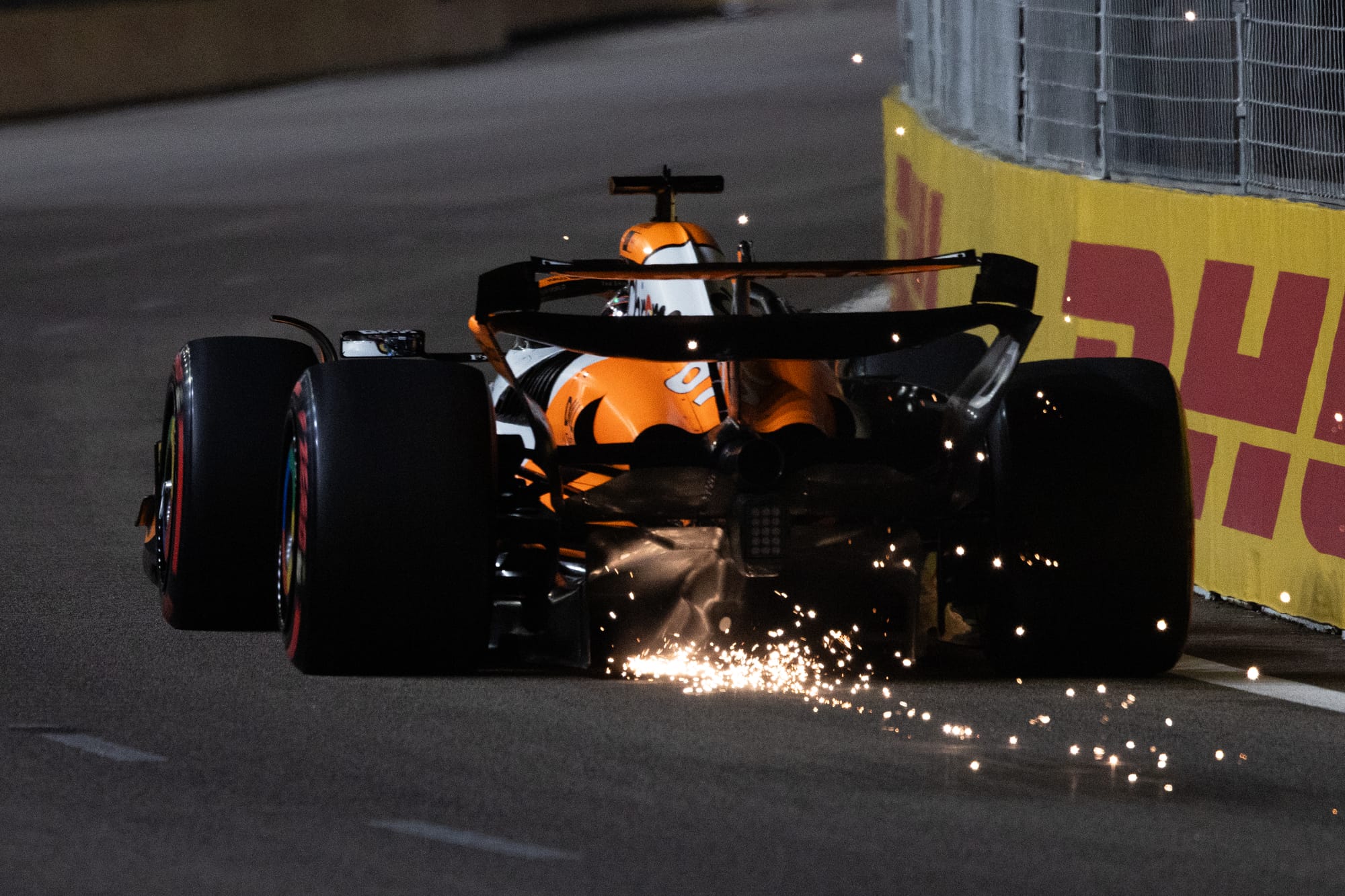
Verstappen was nowhere on Friday, trailing even team-mate Sergio Perez in a Red Bull that was nowhere near as good as in Perez’s hands in Baku. A wholesale set-up change, with nothing to lose, brought it sufficiently into the picture in the different conditions of Saturday to allow Verstappen to at least express himself.
“We stayed calm and made good progress and good steps,” he said. “The car was a lot more driveable. I don’t say it was perfect but it’s been a long time since I felt like this in the car and on a track that’s very weak for us normally it gives us a lot of hope for the coming races.”
He still had the jumping and bouncing, it was still a bit of an oversteery handful through the slow turns, but it had a front end. The day before it just could not find that window between under-temperature fronts and over-temperature rears.
Technical chief Pierre Wache explained, “Yesterday we could not get the tyres in the window at all. When it’s like that you cannot know what the true balance of the car is at all. We had first to get the tyres working - so we made big set-up changes overnight and it seemed to be a lot better.”
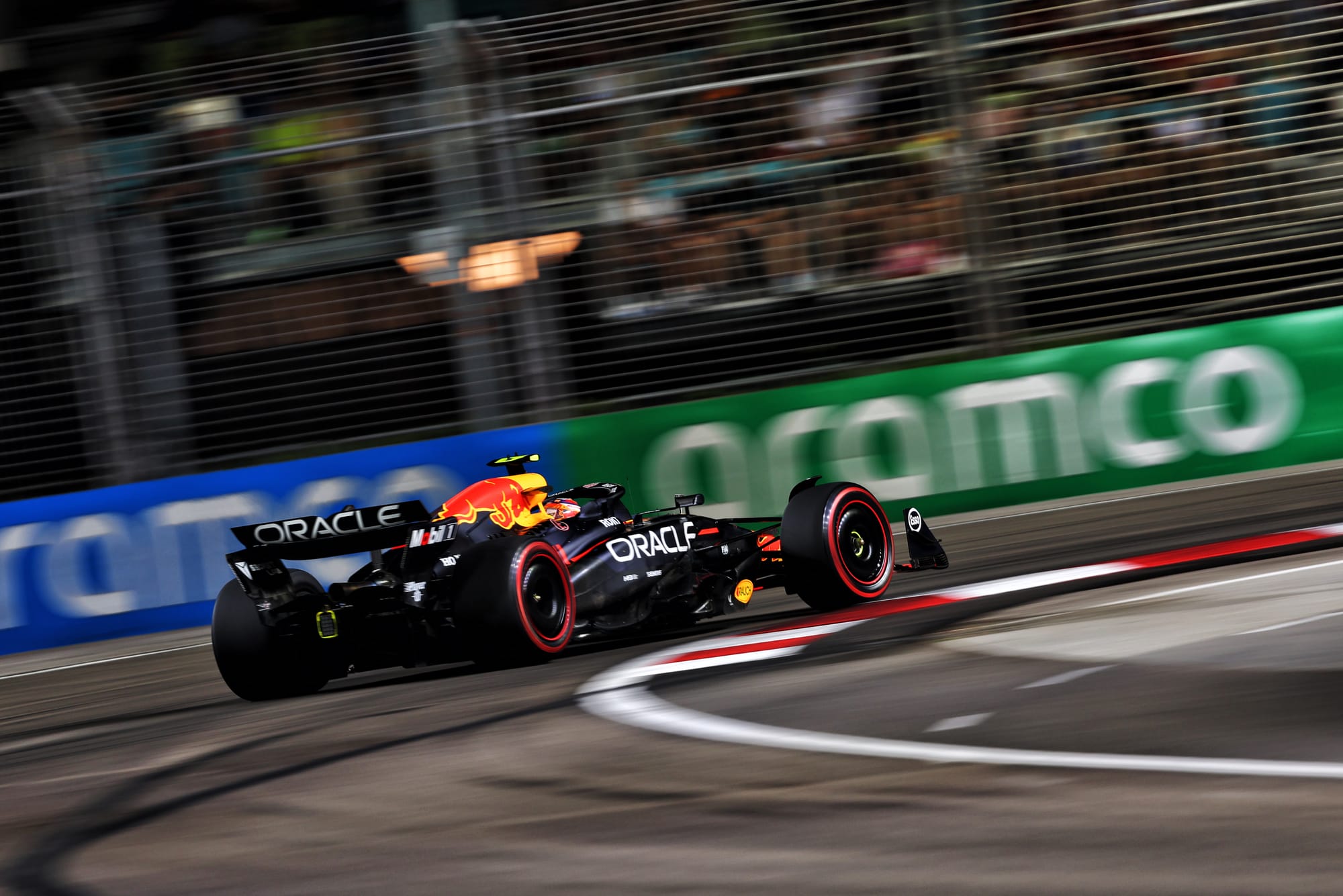
Better for Verstappen, but not for Perez, who failed to make it out of Q2, in 13th. “In Q1 it was looking really nice and smooth,” he reported, “and I actually had a mistake on my lap into Turn 13 where I lost around 2-3 tenths, but I still went slower than that in Q2. I felt I was sliding a lot more, couldn’t get the tyre up to temperature. It was just very, very tricky. I had issues with the brakes and the tyres.
"I think the brakes were running too hot and I was lacking quite a lot of bite from them and the tyres were absolutely nowhere in Q2. The two laps I did I just had no grip at all. The tyre is very peaky around here, the grip, the ride, the track changing lap by lap, just a very tricky place.”
The same combination of set-up change and different track conditions brought Mercedes into play almost as spectacularly as Red Bull, with Lewis Hamilton and George Russell locking of the second row.
“On Friday the car was massively understeery,” said Hamilton. “We just couldn’t dial any front in. We made big changes overnight, but it was the same thing in FP3 where I was shocked to see we were still 1.2s behind Lando. So we kept our heads down, made some more changes and it was like night and day into qualifying. The car all of a sudden was alive.”
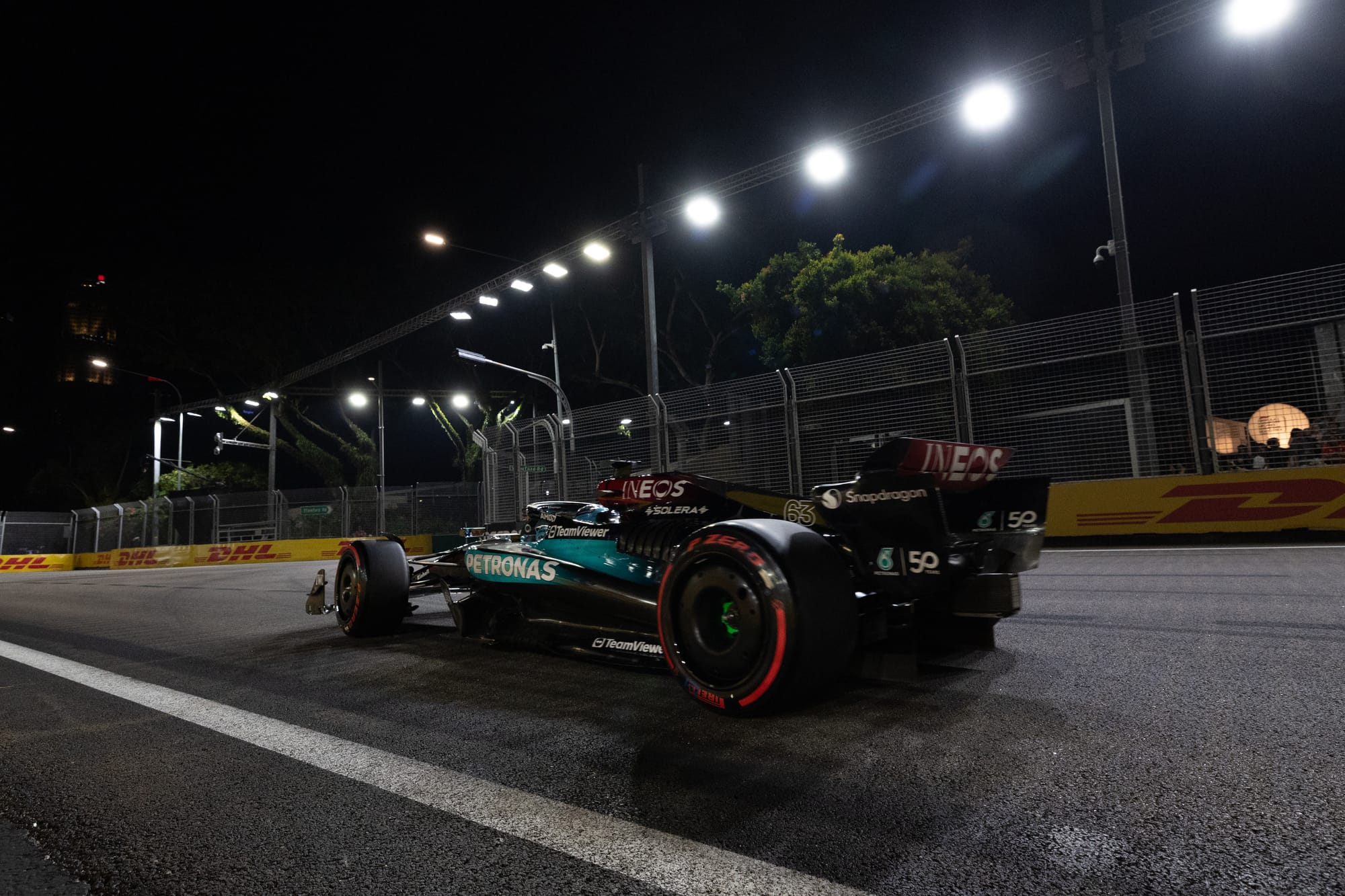
Russell made further complaints over the radio about the consistency of tyres from one set to the next, having called it "infuriating" in Baku last week.
Consistency seemed to be elusive for everyone. Except Norris.
The challenge on race day – it will be a nominal one-stop under normal circumstances - will be quite different. But it will still centre around the black art of tyre management.


